An ESO Clothing guide for players new to The Elder Scrolls Online.
When I first started playing The Elder Scrolls Online, one of the things I was really excited about was crafting. I loved crafting in Skyrim, and couldn’t wait to start making my own armor for my Sorcerer in ESO. That being said, the ESO crafting mechanics were totally alien to me, and I found myself slightly overwhelmed and confused.
As a result of my experiences, I’ve put together this ESO Clothing Guide in the hopes of helping fellow gamers new to The Elder Scrolls Online. Don’t worry! Once you get going, you’ll find crafting a breeze, and lots of fun. Soon, you’ll be able to create useful armor for yourself and your friends.
ESO Clothing Guide
Introduction
When you learn how to craft Clothing, you can produce Light and Medium armor using Cloth and Leather taken from nodes or enemies. A clothier can make armor in different racial styles with special traits, and can improve an item’s quality. Creating ESO clothing is also a good way to earn gold in The Elder Scrolls Online, because players need the unique armor you’ll be able to make for them.
RELATED: Proven Ways To Earn Gold In The Elder Scrolls Online For Beginning Players
Clothing Materials

The materials you’ll be using for ESO Clothing are:
You can obtain Cloth and Leather in one of four ways:
- Farming: You can pick wild plants (Cloth), or kill wild animals or mobs (Leather). These raw materials can be refined in stacks of 10 at a Clothing Station. The Elder Scrolls Online Wiki has a useful page showing the provinces where farmed materials can be found.
- Deconstructing: You can deconstruct Light and Medium armor pieces at a Clothing Station.
- Purchasing: Cloth and Leather can be purchased from ESO Guild Store vendors. Shop around for the best deals.
- Hireling: If you invest Skill Points in the Outfitter Hireling Skill, you’ll receive a daily shipment of raw materials that can be refined in stacks of 10 at a Clothing Station.
Cloth is used to make Light armor, and Leather is used to make Medium armor. The materials used are level specific.
[table] Cloth, Level
Jute, 1-14
Flax, 16-24
Cotton, 26-34
Spidersilk, 36-44
Ebonthread, 46-50
Kresh Fiber, Veteran Rank 1-3
Ironthread, Veteran Rank 4-6
Silverweave, Veteran Rank 7-8
Void Cloth, Veteran Rank 9-14
[/table]
[table] Leather, Level
Rawhide, 1-14
Leather, 16-24
Thick Leather, 26-34
Hide, 36-44
Top Grain Hide, 46-50
Fell Hide, Veteran Rank 1-3
Iron Hide, Veteran Rank 4-6
Scaled Hide, Veteran Rank 7-8
Daedra Hide, Veteran Rank 9-14
[/table]
Players new to the Clothier profession will be able to work with Jute and Rawhide. To use advanced materials, players will need to invest Skill Points.
Clothing Skill Line
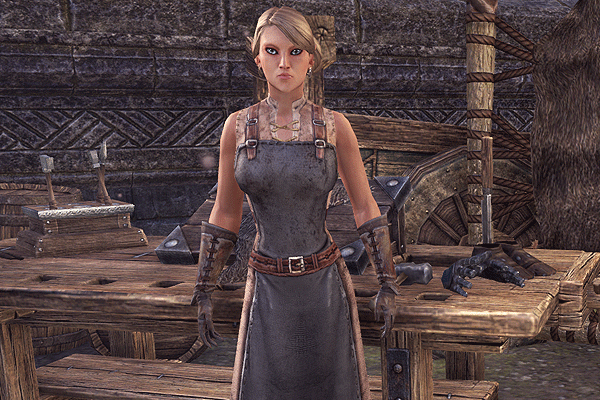
The Clothing Skill Line is essential if you want to become a master Clothier. Here are the different skills you can learn through the investment of Skill Points:

Tailoring (9) -Allows the use of higher level cloth and leather.
- Rank 1: Allows the use of Jute and Hide.
- Rank 2: Allows the use of Flax and Leather.
- Rank 3: Allows the use of Cotton / Thick Leather.
- Rank 4: Allows the use of Spidersilk / Hide.
- Rank 5: Allows the use of Ebonthread / Top Grain Hide.
- Rank 6: Allows the use of Kresh Weed / Fell Hide.
- Rank 7: Allows the use of Iron Weed / Iron Hide.
- Rank 8: Allows the use of Silver Weed / Scaled Hide.
- Rank 9: Allows the use of Void Bloom / Daedra Hide.

Keen Eye: Cloth (3) -Fibrous plants in the world will be easier to see when you’re 20-40 meters or closer.
- Rank 1: Fibrous Plants in the world will be easier to see when you are 20 meters or closer.
- Rank 2: Fibrous Plants in the world will be easier to see when you are 30 meters or closer.
- Rank 3: Fibrous Plants in the world will be easier to see when you are 40 meters or closer.

Outfitter Hireling (3) -An outfitter hireling will send you cloth or leather and possibly other items every day or twice a day.
- Rank 1: An Outfitter Hireling will send you cloth and possibly other items every day.
- Rank 2: An Outfitter Hireling will send you more cloth and possibly better items every day.
- Rank 3: An Outfitter Hireling will send you even more cloth and possibly even better items twice a day.

Unraveling (3) -Improves the chances of extracting Clothing ingredients.
- Rank 1: Improves the chance of extracting Clothing ingredients.
- Rank 2: Greatly improves the chance of extracting Clothing ingredients.
- Rank 3: Maximizes the chance of extracting Clothing ingredients.

Stitching (4) -Reduces research times by 5%/10%/20% and enables you to research two or even three traits at the same time.
- Rank 1: Reduces research times by 5% and allows the research of two items at once.
- Rank 2: Reduces research times by 10% and allows the research of two items at once.
- Rank 3: Reduces research times by 20% and allows the research of three items at once.

Tannin Expertise (3) -Increases your chance to improve items with tempers tannins.
- Rank 1: Increases the chance of improving items with tannins.
- Rank 2: Greatly increases the chance of improving items with tannins.
- Rank 3: More than doubles the chance of improving items with tannins.
Helpful Tips:
- Invest in the Outfitter Hireling Skill as early as possible. Those daily shipments of raw materials and tannins really add up!
- You’ll need to spend all points in Tailoring if you want to create the highest level armor, so start investing in this Skill ASAP.
- Stitching is incredibly useful, and is well worth the Skill Point investment. Not only can you speed up research times, but you’ll be able to research more than one trait at a time.
DON’T MISS: ESO Werewolf or Vampire Guide: How to Become Werewolves and Vampires
Clothing Station
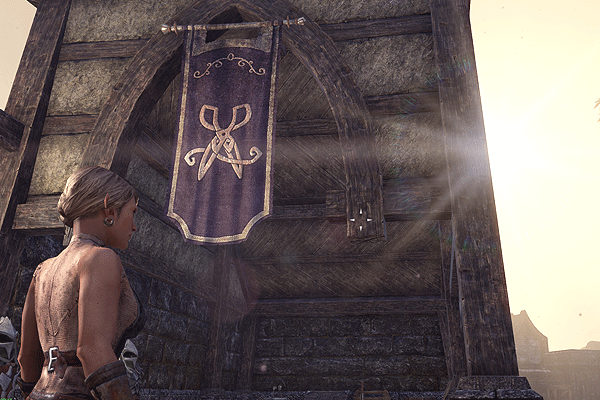
Once you have your materials and the appropriate Skill, you can use a Clothing Station. Clothing Stations are found in most towns and cities, and are always marked with a pair of scissors on a purple banner.
At the Clothing Station workbench, you can do a variety of things.
1. Refine

Raw materials can be refined in stacks of 10 into useful Cloth and Leather. Refining does not grant Experience.
2. Creation

Light and Medium armor can be created at the Clothing Station. Creation is a multi-step process:
- Select your Armor piece (Hat, Robe, Breeches, etc.)
- Choose your Material (Jute, Flax, Ironhide, etc.)
- Pick your Racial Style (Altmer, Breton, Daedric, etc.)
- Add a Trait (Sturdy, Well-Fitted, Divines, etc.)
Adding a Trait is completely optional (but useful in most circumstances). Also, you can adjust what level of armor you want to make (assuming you have the appropriate materials and the necessary Skill).
A note about Racial Styles…
Racial Styles are learned from Motif books that you either find in your adventures or purchase from Guild Store vendors (there are a total of 14 Styles you can learn). You can also purchase Motifs for real money in the ESO Crown Store.
After learning a Racial Style from a Motif book, you’ll need a special Stone to create different styles of armor. To see how different armor looks, visit the ESO Fashion website.

[table] Style Name, Stone
Altmer, Adamantite
Ancient Elf, Palladium
Argonian, Flint
Barbaric, Copper
Bosmer, Bone
Breton, Molybdenum
Daedric, Daedric Heart
Dunmer, Obsidian
Dwemer, Dwemer Frame
Imperial, Nickel
Khajiit, Moonstone
Nord, Corundum
Orc, Manganese
Primal, Argentum
Redguard, Starmetal
[/table]
Helpful Tip:
Learn as many Racial Styles as you can. The rarest Styles are Ancient Elf, Barbarian, Daedric, Dwemer, Primal, and Imperial (unless you purchased the Imperial Edition of the game). These Motifs go for a lot of money, and if you have any extras, sell them!
3. Deconstruct

Old or unwanted armor can be deconstructed into useful materials. Be careful though! Once an item is deconstructed, it’s destroyed forever. Deconstruction grants Experience.
Helpful Tips:
- Deconstruction grants Experience. Deconstructing items crafted by other players give you a ton more experience compared to the ones you craft yourself. If you want to level Clothing fast (50 is the highest level), the best way is to deconstruct armor created by other players. Find a friend to supply you with crafted armor, or purchase crafted pieces from a Guild Store vendor.
- The Unraveling Skill will give you a greater chance of extracting Clothing ingredients.
4. Improvement

Clothiers have the ability to improve existing Armor pieces. Items in The Elder Scrolls Online have 5 quality levels: white (Normal), green (Fine), blue (Superior), purple (Epic) and gold (Legendary).
To improve Armor you’ll need Tannins. When upgrading, the item must pass through all the stages – for example, you can’t upgrade a white item directly to a blue item. The item has to go from white, to green, then to blue.
Here are the four different Tannins in-game:
1. Hemming – improves quality from white to green (Normal to Fine)
2. Embroidery – improves item quality from green to blue (Fine to Superior)
3. Elegant Lining – improves item quality from blue to purple (Superior to Epic)
4. Dreugh Wax – improve quality from purple to gold (Epic to Legendary)
Helpful Tip:
Improvement is a game of chance. Be careful! If an improvement fails, it will destroy the item forever. For every Tannin you add, you increase your chances of Improvement, so be sure to hoard the Tannins you receive from your Outfitter Hireling and from your deconstruction of armor pieces.
5. Research

Research allows you to learn unique Traits that can be applied to crafted Armor pieces. If you want to Research a Trait, you’ll need to have a piece of Armor with the specific Trait you want to learn. The Armor piece is destroyed during the Research process.
Traits are learned from Research (there are a total of 9 Traits you can learn). To apply a Trait to an Armor piece, you’ll need a specific gemstone.
[table] Trait, Gem, Stat
Sturdy, Quartz, Chance of avoiding decay
Impenetrable, Diamond, Critical resistance
Reinforced, Sardonyx, Increases armor value
Well-Fitted, Almandine, Reduces cost of sprinting
Training, Emerald, Additional experience
Infused, Bloodstone, Additional armor enchantment
Exploration, Garnet, Additional exploration experience
Divines, Sapphire, Increased Mundus Stone effect
Nirnhoned, Fortified Nirncrux, Increases Spell resistance
[/table]
Helpful Tips:
- Researching Traits takes A LOT of real time, and will continue whether you’re logged in or not. Start Researching as soon as possible in your ESO career, and don’t forget to invest Skill Points in Stitching to speed things up.
- The hardest Trait to learn is Nirnhoned. Nirnhoned items aren’t typically dropped by mobs and can’t be found in the wild. You’ll need to purchase a Nirnhoned item crafted by another player in order to do research. Expect to pay upwards of 20,000 gold for a single Armor piece.
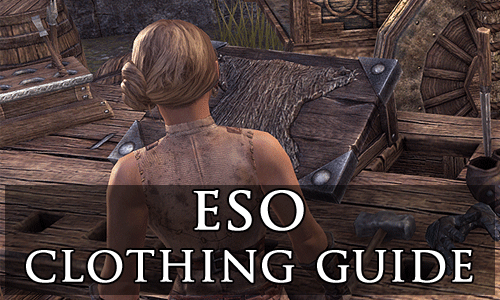















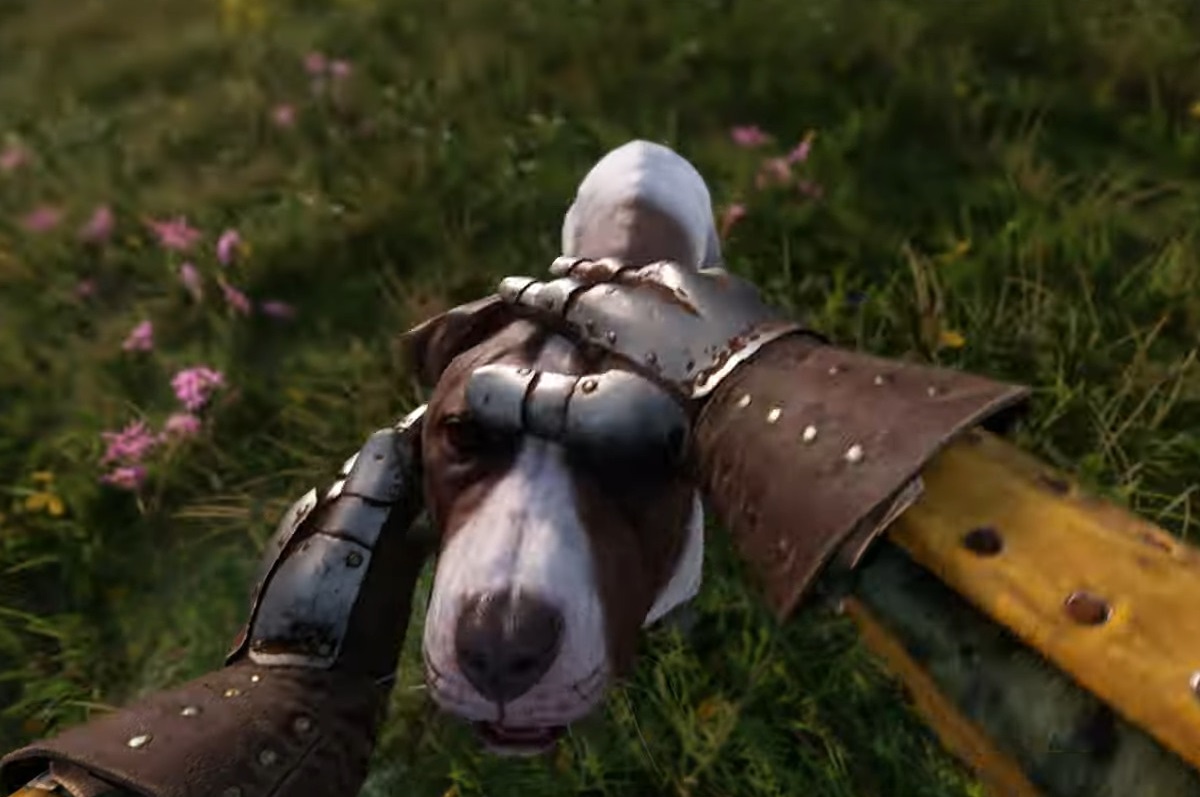

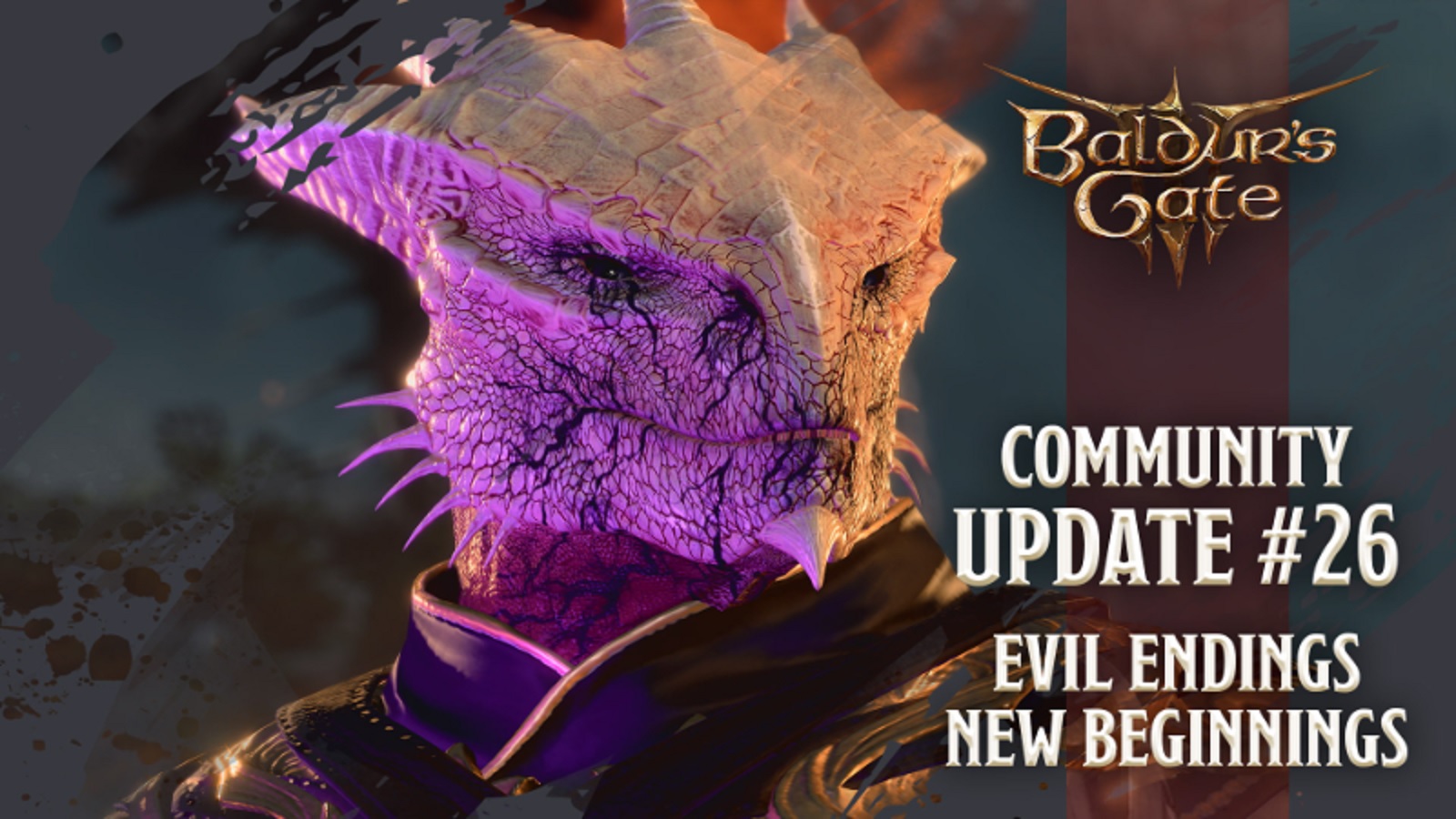

Research Assistant is a great tool, it allows you to set your Blacksmithing Character, Clothier Character and Woodworking Character which is fantastic for players who craft on multiple characters.